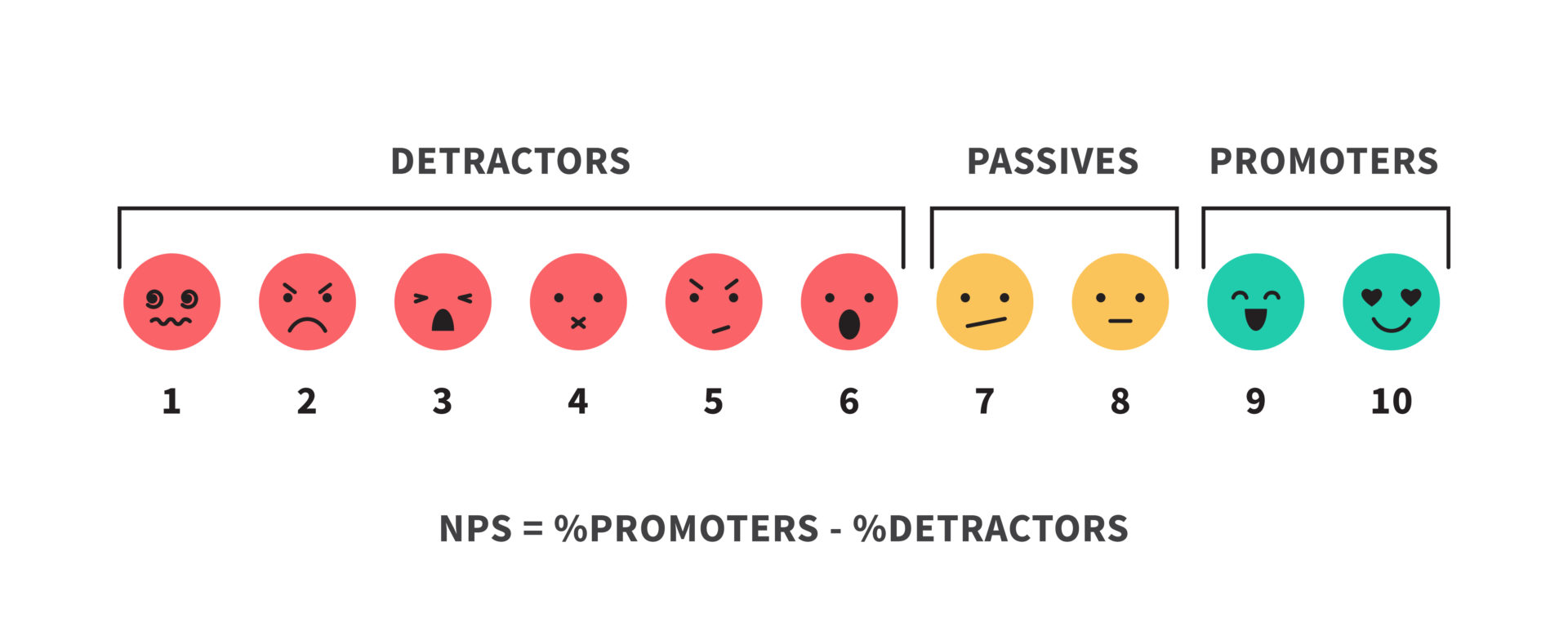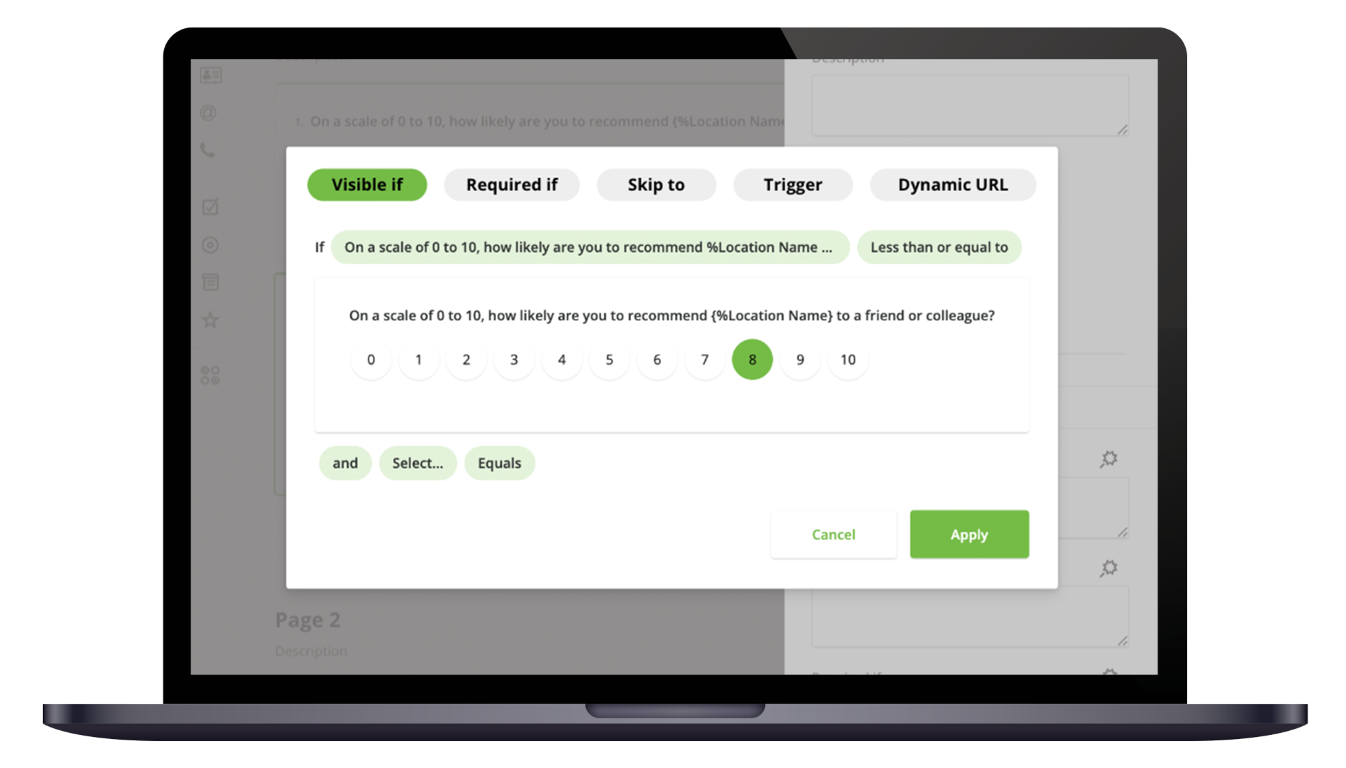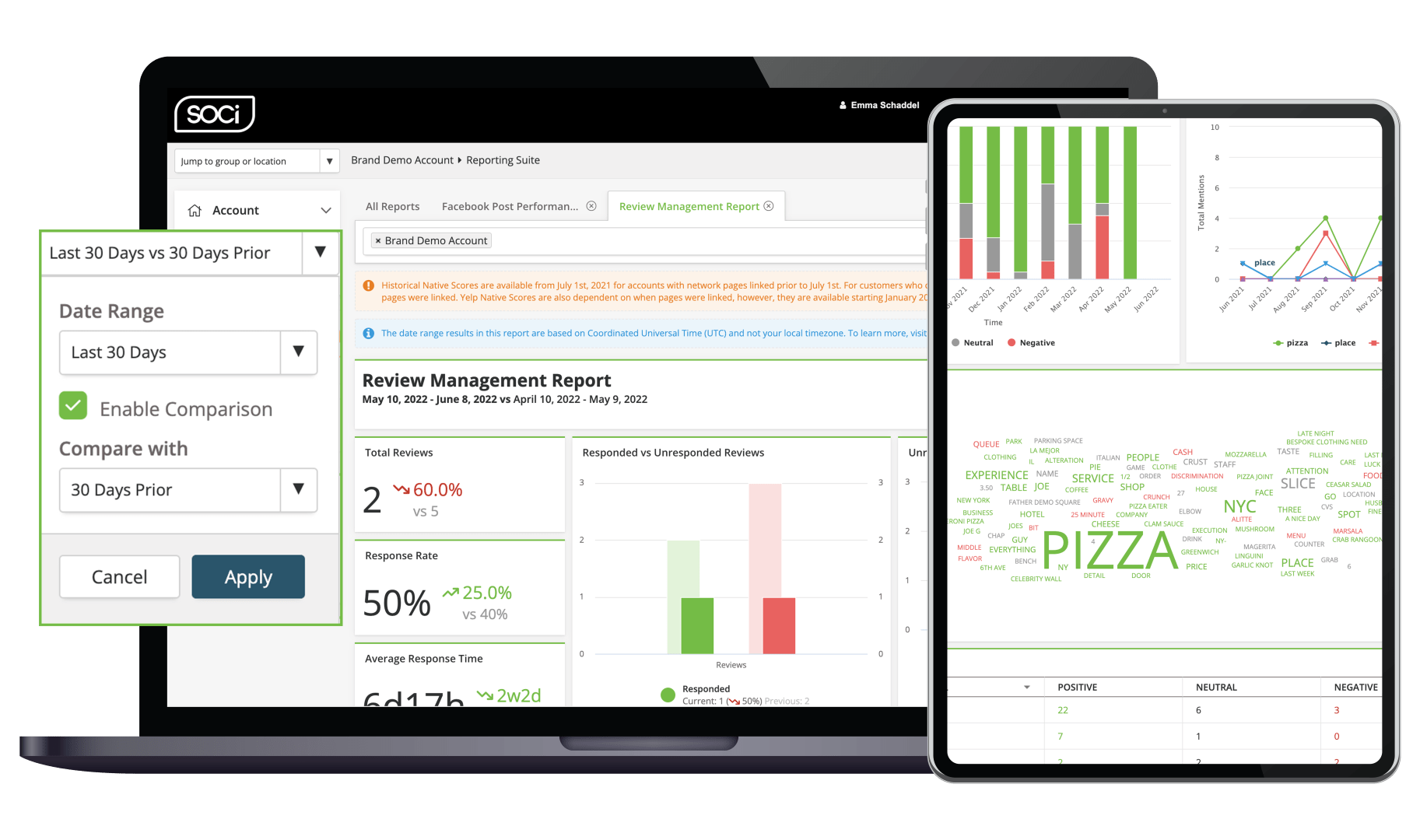Generative Engine Optimization (GEO): Mastering AI-Driven Search in 2025
Everything Marketers Need to Know About Customer Sentiment
Everything Marketers Need to Know About Customer Sentiment
As a marketer, keeping customers happy is a top priority. Happy and satisfied customers are 87 percent more likely to purchase upgrades and new services than unsatisfied customers. Additionally, research shows that a five percent increase in customer retention can boost profits by up to 25 percent.
The data speaks for itself. Keeping customers satisfied and returning is a must, but how do you get into the minds of your customers to ensure they’re happy? That’s where customer sentiment comes in.
Customer sentiment is a key performance indicator (KPI) that your business must measure. Tracking customer sentiment allows you to understand how customers feel about your brand, what’s working, and where there’s room to improve.
Within this blog, we’ll define customer sentiment further, explain how your brand can measure it, and break down how to best use your gathered data. Let’s get started!
Customer Sentiment Defined
Customer sentiment is a metric that businesses use to measure how customers feel about their brand based on experiences they’ve had with the business.
It will tell you if a customer feels positive, neutral, or negative during various points throughout their customer journey. Customer sentiment is an essential metric to track because it uncovers pain points in your brand’s customer experience (CX) that may have been blind spots. It also reveals what is already working well and keeps customers coming back.
Customer sentiment goes beyond what you would find in your brand’s ratings and reviews by capturing various customers’ thoughts, not just the ones who take the time to leave feedback publicly.
Now that you understand customer sentiment, let’s look at how your brand can capture it.
Tactics to Gather Customer Sentiment
There are a variety of tactics your business can leverage to gather customer sentiment. The more tactics you use, the more diverse and widespread feedback you’ll receive.
1. Conduct Surveys
As expected, surveys are one of the most straightforward ways to obtain customer sentiment. Your business can leverage different types of surveys, each of which will give you different insight into customer sentiment.
For instance, net promoter score (NPS) surveys include a single question and allow people to respond by choosing a number or other visual representation, as seen in the image below. While you can gain an overall understanding of customer sentiment through NPS surveys, they lack details.

On the other hand, customer satisfaction (CSAT) surveys allow you to go deeper and better understand what customers like and dislike about your business. These surveys usually have a numerical scale and may ask questions like “On a scale of 1-10, how satisfied are you with your in-store experience?”
Going a step further, you can also create custom surveys that add qualitative feedback, such as, “Can you tell us a bit more about why you selected your response? This allows customers to write about their experiences. Custom surveys often provide the most valuable information from customers that you wouldn’t otherwise receive.
For more insight into what it takes to set up a successful survey that digs into the mind of consumers, download our guide Survey Secrets: The Multi-Location Marketer’s Guide to Boosting Customer Experience and Online Reputation
2. Implement Social Listening
Social listening is another excellent way to collect customer sentiment. If you’re unfamiliar with it, social listening is the continual act of analyzing conversations and trends around your business or brand, competitors, and the industry in general.
Through social listening, you can understand what consumers say about your business without asking them directly. Not only will you be able to see what customers are saying about your brand, but you’ll also be able to track emerging trends in your industry along with what customers like about competitors, allowing your business to strategically adjust its marketing efforts effectively.
For instance, if you’re in the fitness industry and see that your target audience loves pilates, consider adding a pilates class to your schedule. Similarly, if customers love that your competitor opens at 6 a.m. versus 7 a.m., it may be worth adjusting your hours of operation.
3. Monitor Local Social Channels
Like social listening, you can monitor the conversations on your national and local social media channels to gain insight into your customers. If you’re a multi-location business it’s especially important to keep an eye on local social profiles. Are customers posting comments on your local social posts? If so, what are they saying?
For instance, in the example below, Jersey Mike’s Subs received great customer feedback in a social media comment. Paying attention to what your customers say about your business online is essential.

Your business can make note of the feedback you receive on local social and review it when analyzing all of the customer sentiment collected. It is also worth noting that while these comments on social media are helpful, it’s essential for your business to respond and engage with them.
If you need help with publishing engaging content and tips on how to interact with followers, download The Localized Social Content Guide for Multi-Location Marketers.
4. Analyze Ratings and Reviews
Lastly, understanding the content in your ratings and reviews is a great way to understand your customers. As mentioned, those who leave reviews have often had a very positive or negative experience at your business. These customers still offer valuable feedback.
Take, for example, the reviews left for a local Ace Hardware. By analyzing them, your business will realize that the local team is doing a great job with customer service. If you have local stores lacking in that area, you can compare what the two are doing differently and make adjustments accordingly.

Paying attention to specific feedback received in your reviews is critical to a robust customer sentiment strategy.
What to Do With Your Customer Sentiment
Once you’ve gathered all your customer sentiment, what’s next? Customer sentiment only provides value if your brand uses it. Businesses must analyze customer sentiment and make changes based on the feedback for it to be effective.
For instance, what will you do differently if your customer sentiment unveils a consensus that your customer support efforts aren’t up to par? Is a specific store receiving more negative feedback than others? If so, look into what’s causing the negative feedback and make adjustments.
Once you’ve implemented these changes, measure their effectiveness. You can measure customer sentiment regularly to understand if your modifications are working.
Gaining customer sentiment should be an ongoing process for your business. While your business can use social listening tools consistently, you can conduct quarterly or bi-annual surveys to assess the impact of your modifications.
If local businesses implement these changes successfully, you’ll see an upward trend in positive customer sentiment your business receives as time goes on.
Level-Up Your CX With Customer Sentiment
Now that you can fully grasp the importance of customer sentiment and what to do with it, it’s time for your business to start collecting it. For most businesses, especially those with multiple locations, finding the time and resources to gather and analyze feedback takes time and effort. Finding a solution that can help is vital.
That’s where SOCi comes in! SOCi is the CoMarketing Cloud for multi-location enterprises and has various tools that can help collect and analyze customer sentiment. Take SOCi Surveys, for example.
SOCi Surveys allows you to create customized surveys that can be leveraged to gain valuable first-party feedback. You can deploy these surveys across business locations, allowing your business to identify customer needs, deliver personalized experiences, and foster long-term loyalty.

Lastly, SOCi Reviews gives local marketing teams the power to respond to reviews and your corporate team the ability to maintain oversight by aggregating all reviews into one dashboard and creating approval workflows.
Regarding sentiment, SOCi Reviews allows you to track sentiment, identify emerging trends, monitor shifts over time, and analyze local competitors with deep reputation insights to make data-driven decisions.

SOCi provides the tools needed to gather and analyze customer sentiment effectively. What are you waiting for? Request a demo today!







